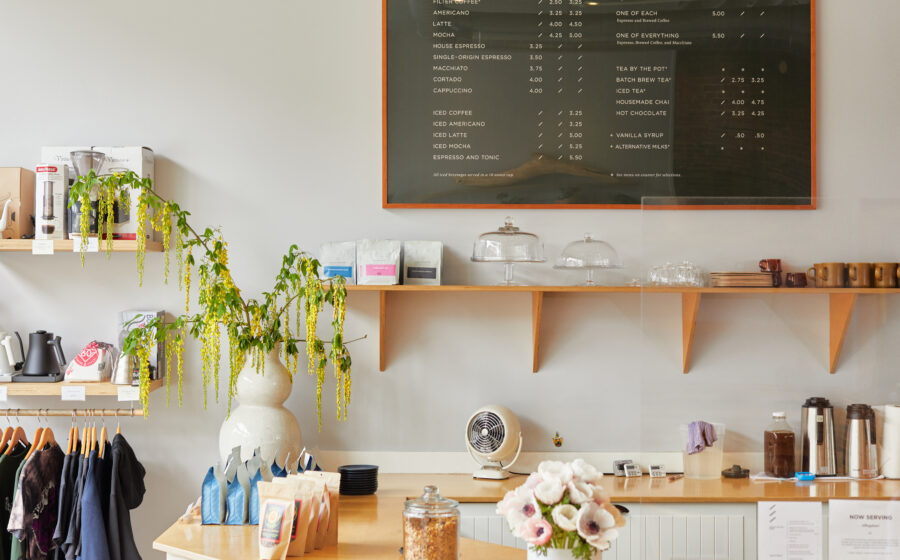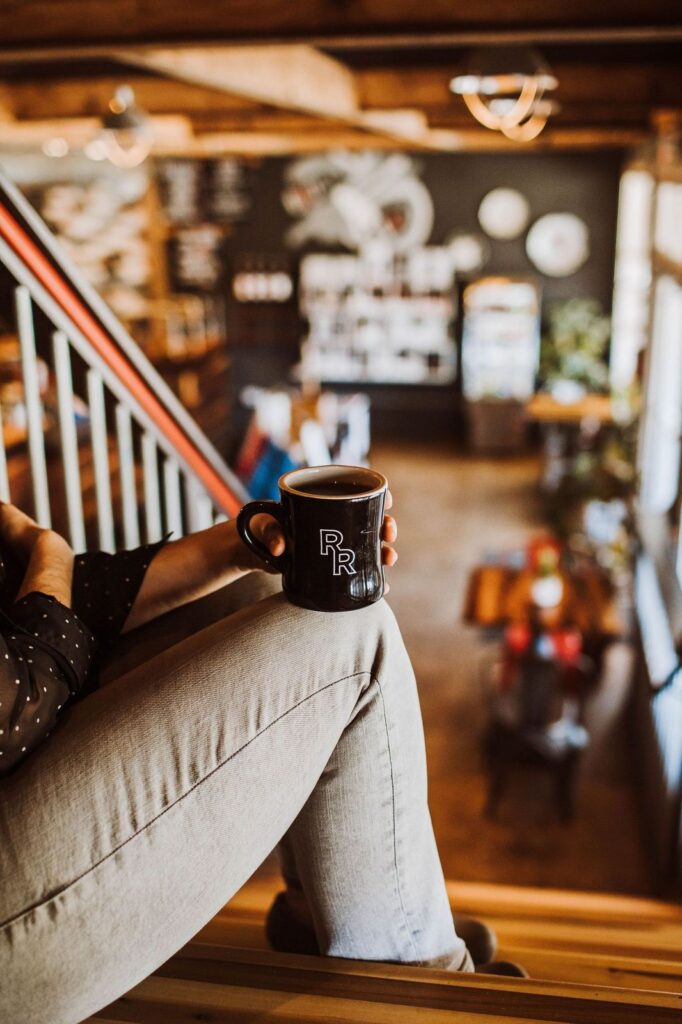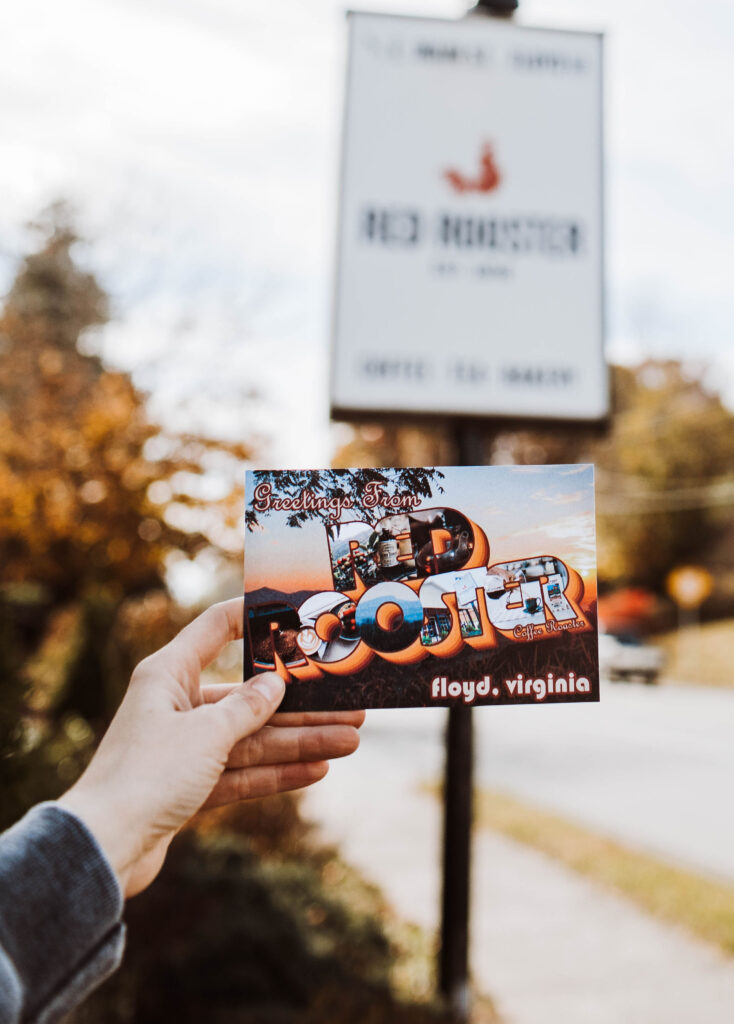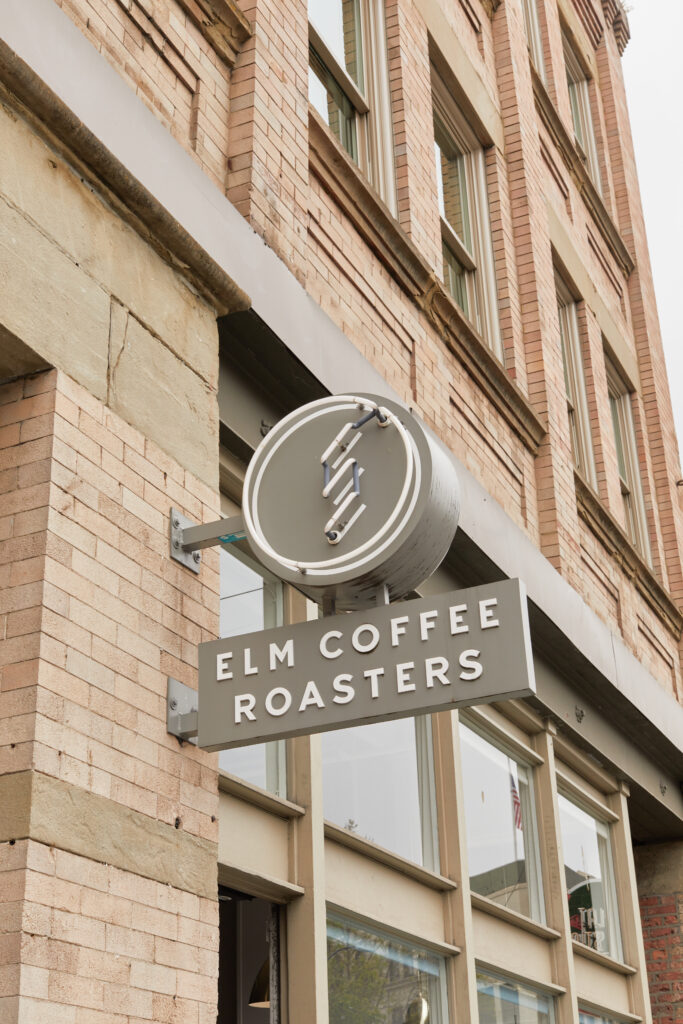Picking a location for your cafe is often one of the earliest—and most important—decisions you make when opening a shop. There’s no set of rules or a checklist to rely on: opening a space in a large city brings different challenges than starting up in a smaller or rural area.
Whether opening your first space or expanding your brand, a well-picked location can be the difference between a bustling cafe or one with few customers. It’s not just a matter of finding a space that fits your budget—you need to consider foot traffic, accessibility, local competition, and demographics.
Ultimately, searching for a location requires careful planning, research, and a thorough understanding of your target market. But with the right approach and a bit of luck, you can find a space that sets your cafe up for long-term success.
Off the Beaten Path
Choosing the perfect location for a coffee shop in a small town can be tricky, given the limited options available and smaller customer base compared to a city. However, the lack of competition and potentially lower overhead expenses can make it easier for a coffee shop to succeed with the right location.
In 2010, Red Rooster Coffee was established as a roasting operation to supply the owner’s existing coffee shop, Black Water Loft. Based in Floyd, Virg.—a small rural community with a population of 454 residents—the cozy café was originally nestled above a downstairs bookstore and accessed by climbing the wooden stairs of a historic downtown building.
But the rapid growth of their coffee roasting business led the owners to consider a new home. Eight years after launching Red Rooster, co-owners Haden Polseno-Hensley and Rose McCutchan realized they needed a bigger space. “A building came up for sale in town that was 11,000 square feet, and it had a perfect retail spot in the front for our café,” shares Polseno-Hensley.
In February 2018, the husband and wife team closed Black Water Loft and opened Red Rooster Café in the same building where they roast coffee today. The new location had plenty of parking, a major challenge for their original downtown location, where most customers drive in from the surrounding county. Additionally, the space was on the ground floor, making it accessible to people who couldn’t use the stairs to reach the previous cafe location.
“There was no parking at all before. Now we are located just slightly outside of town, but we have three parking lots which helps people get to us much easier,” explains Polseno-Hensley. “Having a location that is accessible is a big deal, whether you’re in a rural or urban setting.”
While small towns like Floyd may only have a few hundred full-time residents, Red Rooster’s customer base extends throughout Floyd County, where the population is nearly 16,000. According to Polseno-Hensley, Red Rooster’s location sees a steady mix of locals and visitors who come to town on weekends.
“Our Monday-Friday traffic is our local customers—people taking their kids to school or working from home,” he says. “Saturdays tend to be our busiest day because we have a lot of travelers who are coming to drive on the [Blue Ridge] Parkway or hike the trails.”
While cafés in rural areas may have the advantage of facing less competition, it can be challenging for customers to find them, especially if they’re unfamiliar with the town.
Although their original café was downtown, Polseno-Hensley and McCutchan served Red Rooster’s coffee at the local farmers market to help spread awareness. “You need to take the opportunity to put your business in front of people in whatever way possible,” he says. “Especially when you’re in a little rural community, and you don’t have people walking by [your café] on the sidewalks.” The couple believed in saying yes to every possible marketing opportunity in the early days of business. Polseno-Hensley advises other café owners to adopt a similar approach when starting.
Despite being in a small town, Red Rooster has thrived by connecting with their neighbors and providing a community hub. “Offering your community a place to gather is a worthwhile endeavor. Because if you don’t do it, eventually, something larger and more corporate will move in and fill that niche. I think it’s important for small and medium-sized communities to keep their money in the communities and try to really serve them,” he adds.
The Heart of the City
In a city, the sky’s the limit for café location options. From high-traffic areas to trendy neighborhoods and tourist hotspots, owners have a wide range of potential locations to choose from—but having so many options can make it harder to find the ideal home for your shop. To increase your chances of success, you should consider factors like foot traffic, accessibility, rent, and nearby businesses.
Brendan Mullally returned to his hometown of Seattle in 2013 to open Elm Coffee Roasters after seven years of working in the New York City coffee scene during school.
“I had the idea that Seattle was a little bit less competitive because it had less modern specialty roasters at the time,” he explains. “When we first opened, there weren’t a lot of roasters in Seattle—with a brick-and-mortar café—that were doing light roast coffee with a modern twist.”
Ultimately, Mullally chose the business district of Pioneer Square for his coffee roastery and café—but he points out that even the most carefully planned location can bring unexpected changes. In Pioneer Square, a highly sought-after neighborhood for Seattle’s restaurants, sidewalk cafés, and retail establishments, foot traffic has decreased in recent years due to the rise of remote work. “Even if you think you have the perfect plan for the location, things could change. So you have to adapt accordingly,” he says.
For Elm Coffee, a 1600-square-foot space with just 200 square feet reserved for roasting worked for the first few years. But when online sales increased during the pandemic, they recognized the need to adapt their space and expand production into the retail space. “It’s more like 50-50 now with an 800-square-foot production area. It has worked for us because our online sales went up 7-10x and we needed a lot more space to do packing.”
Mullally also recommends seeking mixed-use areas when searching for a city-based location because it opens up your customer base. As he puts it, “somewhere that has both residential and businesses, because that way you’re capturing more of the market rather than relying on purely residential customers or purely business.”
Working with a real estate agent can also be a helpful avenue for finding the right location. These agents specialize in commercial property and can provide valuable insight into the local market, available properties, and negotiating leases. They can also help with zoning and permitting requirements, which can be complex and time-consuming for those without experience.
Partnering with a real estate agent helped Mullally narrow down choices and led him to consider only two potential locations. But after looking at the first location, he decided it wasn’t quite the right setup. “It was oddly divided up. There was a tiny back room that was almost big enough for the roaster, but it was expensive for what it was per square foot.”
Elm Coffee Roasters also wanted to prioritize natural lighting for their café, which posed an additional challenge for the first space they looked at. The building was reinforced with iron bars in the windows, reducing the amount of natural light that entered the space.
Despite initial setbacks, Mullally found the perfect location in their second option, which had ample natural light streaming in through big, spacious windows. The only catch was that the space was previously occupied by a bar, which meant an extensive build-out was necessary to convert it into a café.
Mullally explains, “It had no MEPs — no plumbing, no electric, no mechanical engineering. So a costly build-out was required.” He recommends that owners opt for spaces with existing infrastructure to avoid these expenses.
Opening a coffee shop in a major city like Seattle can be daunting, but as a seasoned owner, Mullally now says it all comes down to three critical criteria. “If I were to do another space, I would break it down into financial, aesthetic, and operational decisions.”
Ultimately, there are no hard and fast rules for choosing the perfect location for your cafe. It’s all about understanding your neighborhood, customer base, and how patrons will interact with your space. For example, Elm Cafe relies on foot traffic in a busy downtown district, while Red Rooster Cafe needs ample parking space to accommodate its customers. Both cafes have found success by adapting to the needs of their specific communities.















